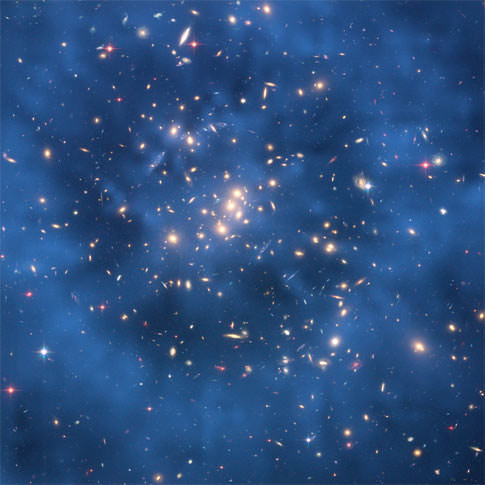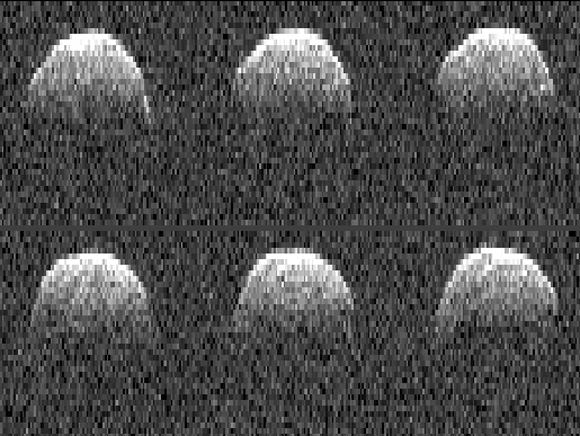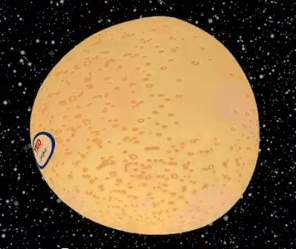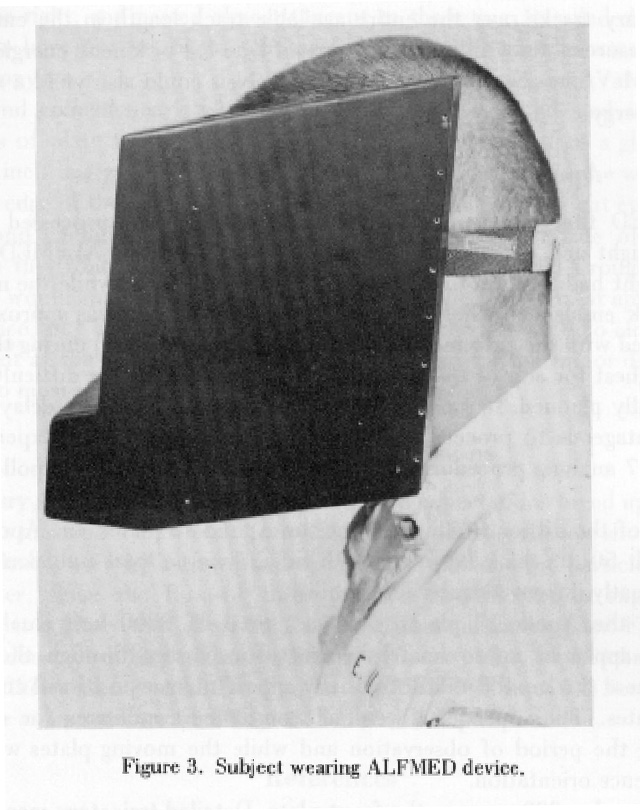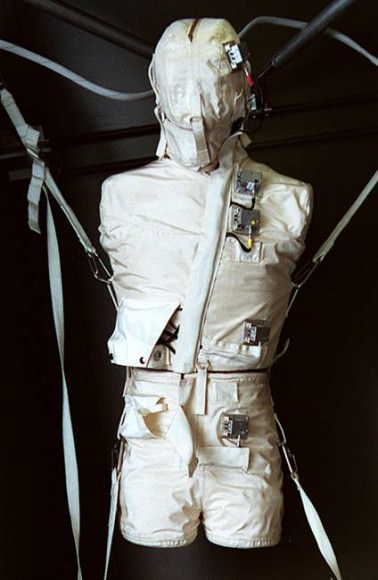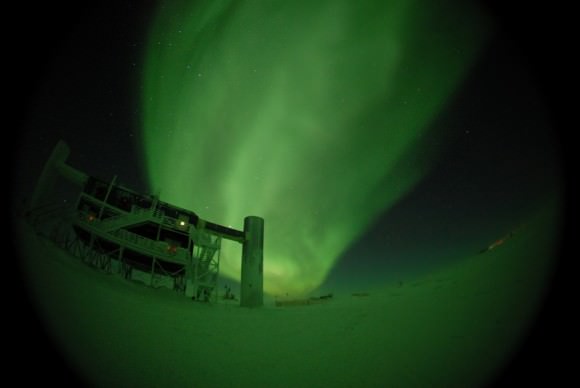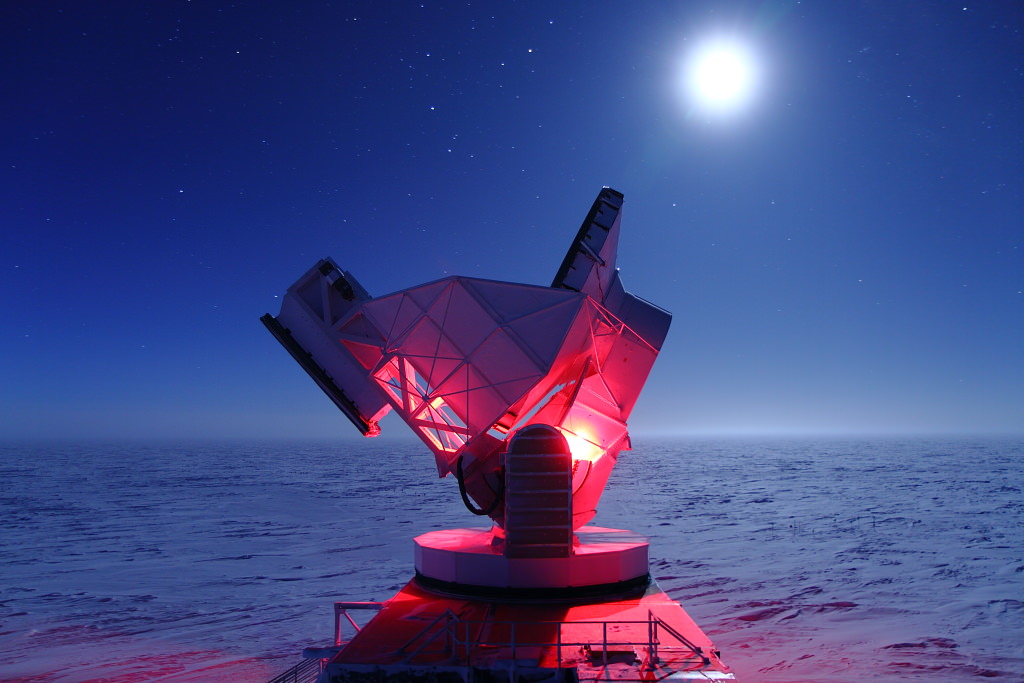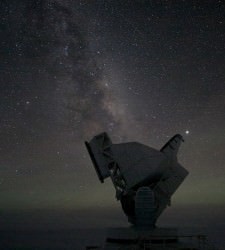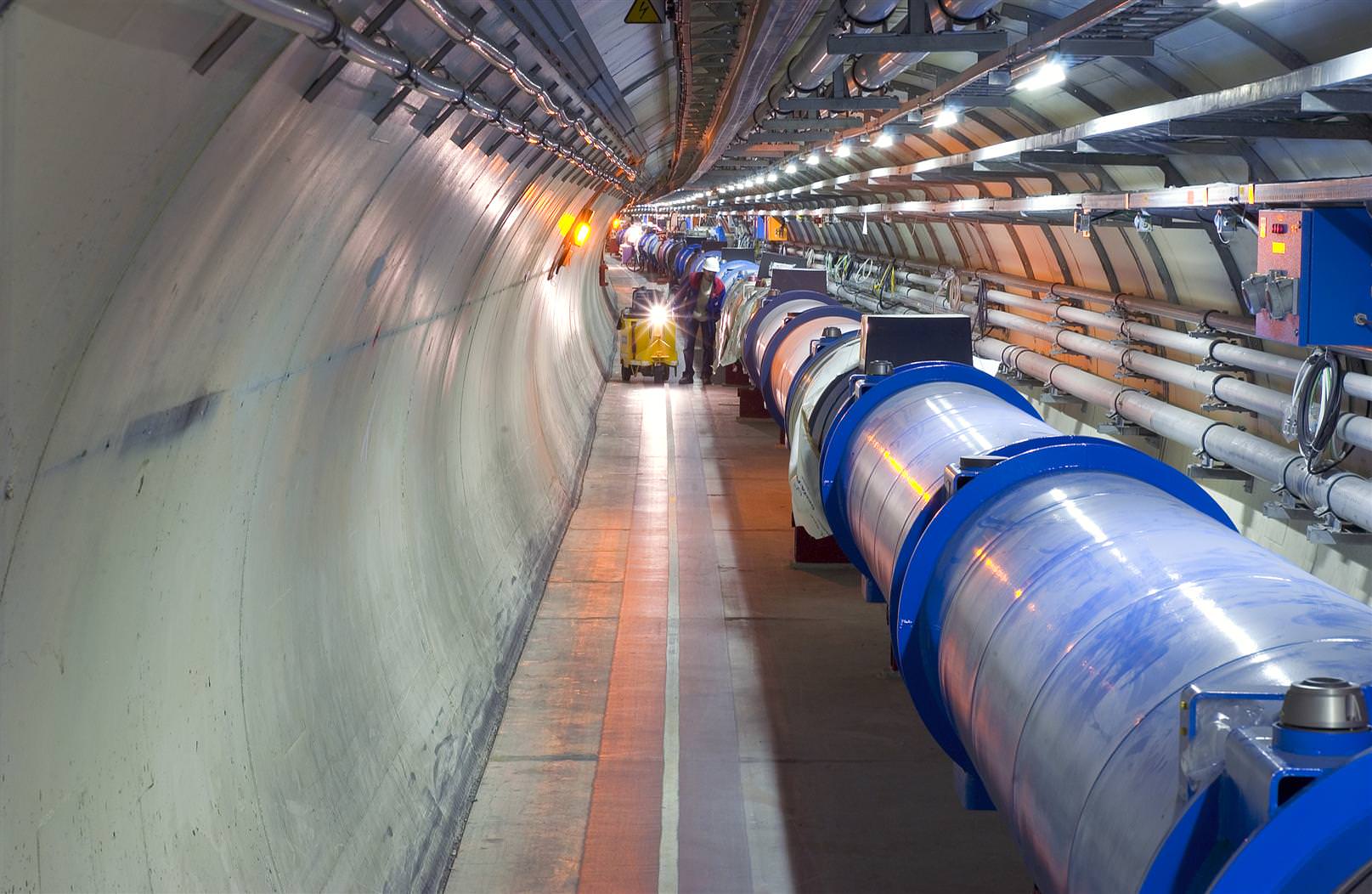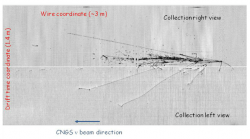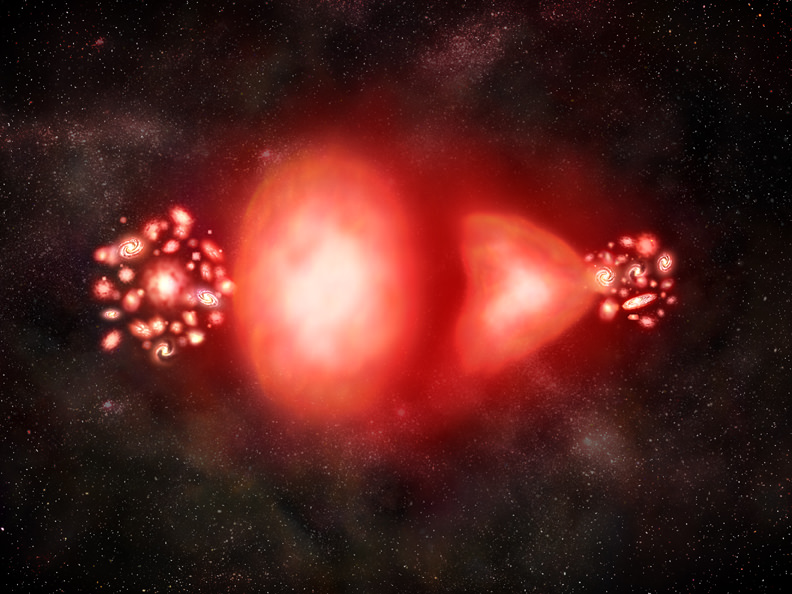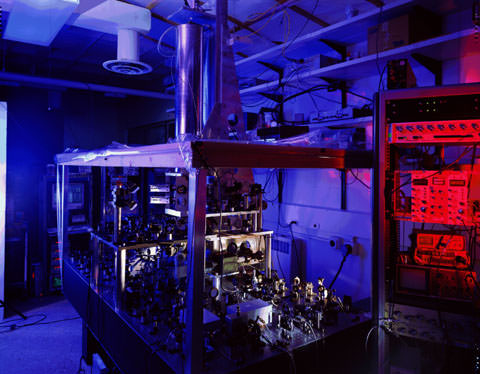Could mirror universes or parallel worlds account for dark matter — the ‘missing’ matter in the Universe? In what seems to be mixing of science and science fiction, a new paper by a team of theoretical physicists hypothesizes the existence of mirror particles as a possible candidate for dark matter. An anomaly observed in the behavior of ordinary particles that appear to oscillate in and out of existence could be from a “hypothetical parallel world consisting of mirror particles,” says a press release from Springer. “Each neutron would have the ability to transition into its invisible mirror twin, and back, oscillating from one world to the other.”
Theoretical physicists Zurab Berezhiani and Fabrizio Nesti from the University of l’Aquila, Italy, reanalyzed the experimental data obtained by the research group of Anatoly Serebrov at the Institut Laue-Langevin, France, which showed that the loss rate of very slow free neutrons appeared to depend on the direction and strength of the magnetic field applied.
This type of field could be created by mirror particles floating around in the galaxy as dark matter, according to the new paper. Hypothetically, the Earth could capture the mirror matter via very weak interactions between ordinary particles and those from parallel worlds.
Berezhiani and Nesti’s abstract:
Present experiments do not exclude that the neutron transforms into some invisible degenerate twin, so called mirror neutron, with an appreciable probability. These transitions are actively studied by monitoring neutron losses in ultra-cold neutron traps, where they can be revealed by their magnetic field dependence. In this work we reanalyze the experimental data acquired by the group of A.P. Serebrov at Institute Laue-Langevin, and find a dependence at more than 5 sigma away from the null hypothesis…. If confirmed by future experiments, this will have a number of deepest consequences in particle physics and astrophysics.
The oscillations between the parallel worlds could occur within a timescale of a few seconds, the team says.
“Each neutron would have the ability to transition into its invisible mirror twin, and back, oscillating from one world to the other,” the authors say.
This isn’t the first time the existence of mirror matter has been suggested and has been predicted to be sensitive to the presence of magnetic field such as Earth’s.
“The discovery of a parallel world via … oscillation and of a mirror magnetic back-ground at the Earth, striking in itself, would give crucial information on the accumulation the of dark matter in the solar system and in the Earth, due to its interaction with normal matter, with far reaching implications for physics of the sun and even for geophysics,” the team writes in their paper.
Lead image caption: Artists concept of dark matter in the Universe. Credit: NASA

